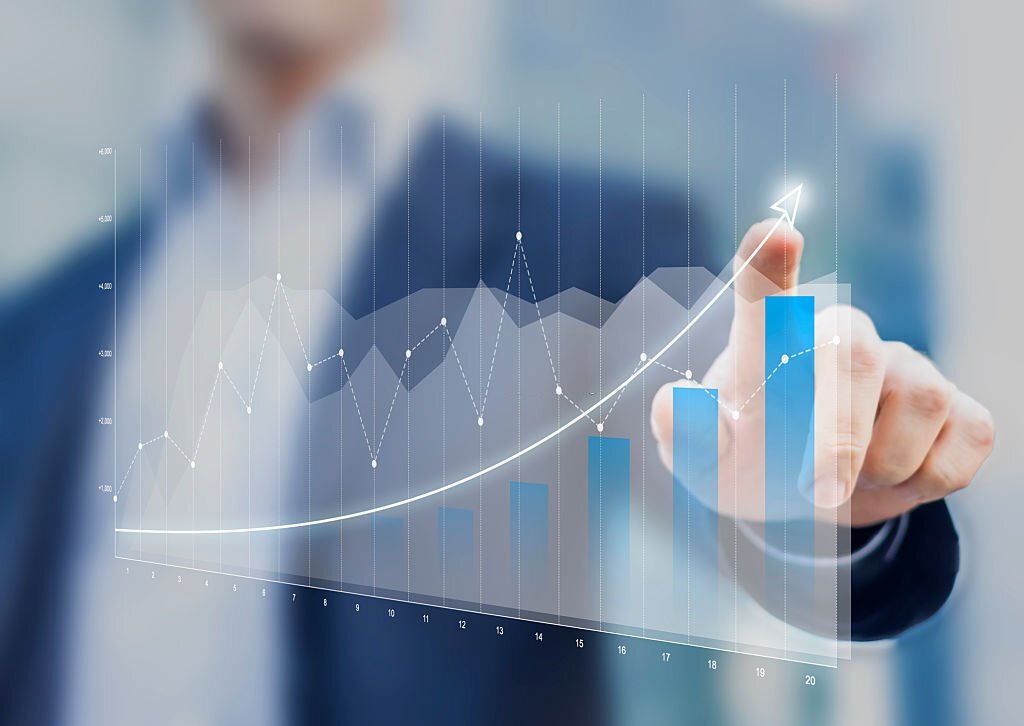How should large Fortune 500 and FMCG companies go about growing their revenue in emerging markets? What sales and distribution tactics should they use in order to boost revenue? The obvious answer is simply to replicate what works in the Western world and apply it in an emerging market? Rajiv Prabhakar, founder of Ivy Mobility, warned me that this was not an effective tactic, as there are multiple local elements that create very different target, which requires a tailor-made sales strategy. We also addressed a broader question : what’s the key to generating revenue in emerging markets?
II/ Emerging markets and local realities
On a very basic level it’s important to understand that when a large FMCG company sells its product in emerging markets, they typically go through a distributor, which sells products to a retailer. The retailer stores are to be referred to as “mom and pop stores.” In India for example there are approximately 12.4 million “mom and pop stores.”


The sale’s process really involves three different sales:
Selling from the company to the distributor (primary sale)
Selling from the distributor to the retailer (secondary sale),
And finally, selling from the retailer to the consumer
III/ The sale’s process today and in the past
A/ The sale’s process of the early 2000
In emerging markets, most of people that make sales teams (distributor employees in most cases) that sell from distributors to retailers tend to be employees that work for $200 a month. They have not acquired the sale’s sophistication of sales executives in the Western world. Providing them with specific data on the sale process is already a huge step forward.
In 2003 and 2004, Ivy Mobility created a mobile software, which was able to provide very precise sales data all along the sales process, leading to increasing revenue by 20%.
The smartphone is akin to a portable computer but much smaller. It can surf the web, do email, and also it opened up the possibility of creating all sorts of things that help the consumer in their day-to-day life.
In 2009, 2010 and 2011, Google started to address the smartphone market by offering smartphones at a lower price. As emerging markets had improved their telecommunication infrastructure, it became more and more common to the consumers and professionals in Emerging Markets to have a smartphone and benefit from connectivity in mobile situations.
This helps Rajiv Prabhakar add more services through its product offering, including a specific understanding of how many products a retailer has purchased in the past. This helps sales executives working on the field to get an understanding of purchasing patterns of each individual retailer.
Also, as the mobile device aggregates data coming from the distributor and from the Western-based FMCG Company, the sales executive on the ground has a day-to-day information of promotional activities in real time. Although this may sound like a detail, this really changes everything. Indeed, before mobile applications, it was common for sales executives to remain uninformed of promotional activities. Now, they can offer promotions that are coherent with the company’s global strategy every single day. The risk of making mistakes or forgetting promotions is significantly reduced.
Finally, the application can provide the sales executive with a geographical analysis of the market. He knows what retailer has purchased what SKU and when. Also, he can get historical understanding of what products went to what retailer.
This application has boosted the productivity of sales executive. In the past they would need about 15 minutes to cover one retailer. Now, they can visit one retailer in 10 to 12 minutes. So they can visit up to five retailers instead of four in the past. Not to mention, drive up the most critical parameter for FMCG companies—Same Store revenues.
IV/ Generating revenue in emerging markets
To sum up, FMCG companies can boost their top line revenue by doing the following:
Understanding that emerging markets are very different in nature from Western markets: replicating Western market sales strategies to the emerging market doesn’t work.
The sales process really involves three different sales:
Selling from the company to the distributor
From the distributor to the retailer, and finally,
From the retailer to the consumer
Today a very powerful established company like SAP has pre-empted the brand to distributor sales market. Therefore, the only market space left for innovative start-ups is either helping the sale that goes from the distributor to the retailer or improving the sale that goes from the retailer to the consumer.
It turns out that there is a great opportunity for improvement! Plus, a number of recent technological breakthroughs have helped empower individuals such as the sales executive in emerging markets: real-time data can boost sales productivity by a factor of 15% and increase sales revenue by 20 to 30%.
So that’s the secret to succeeding in sales and innovation in the emerging market.